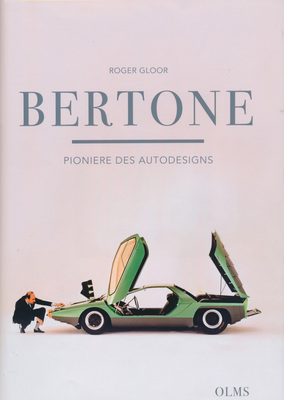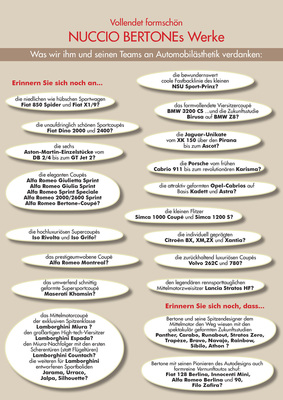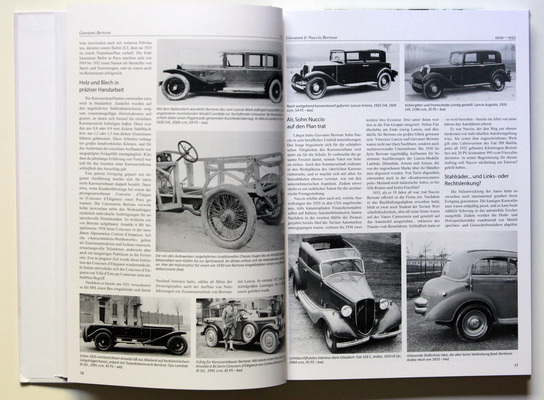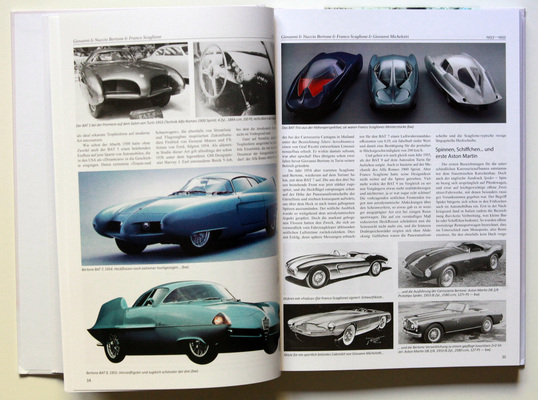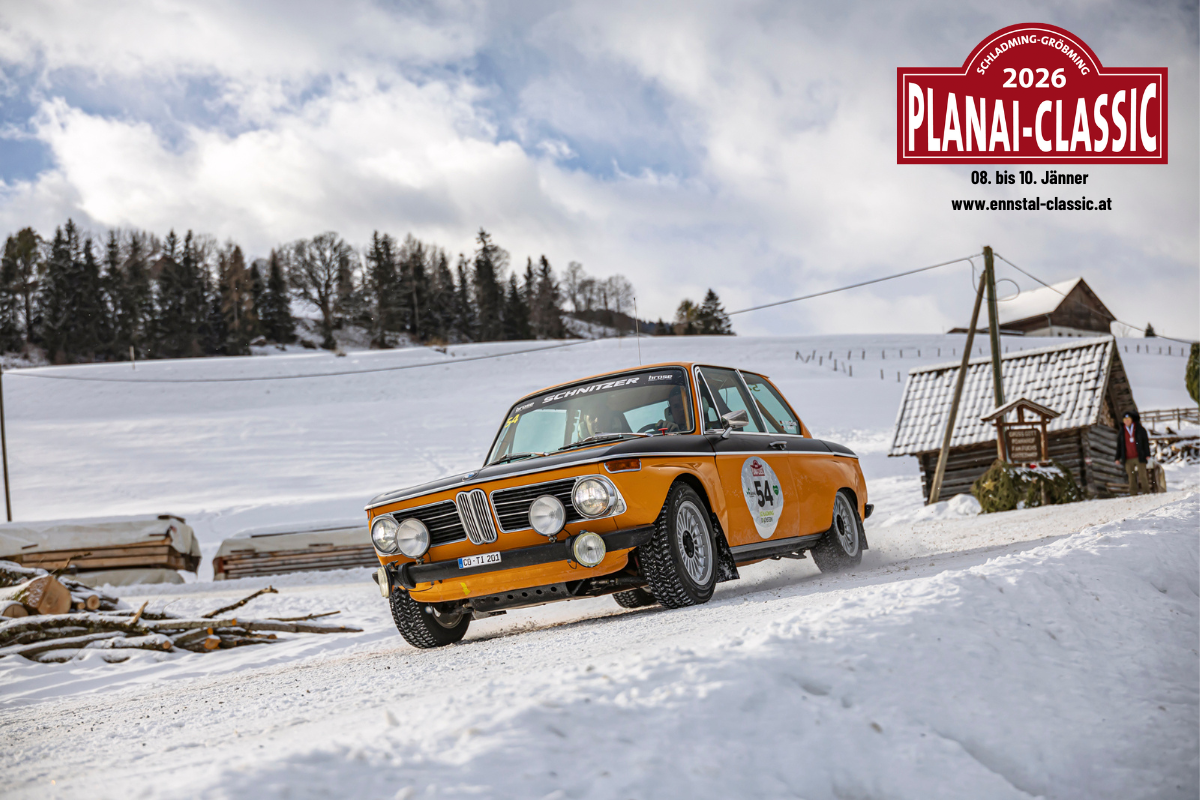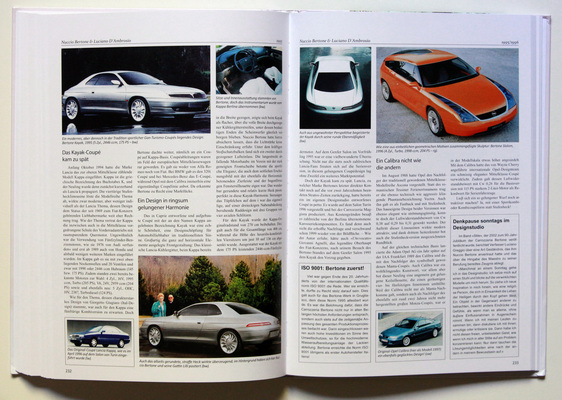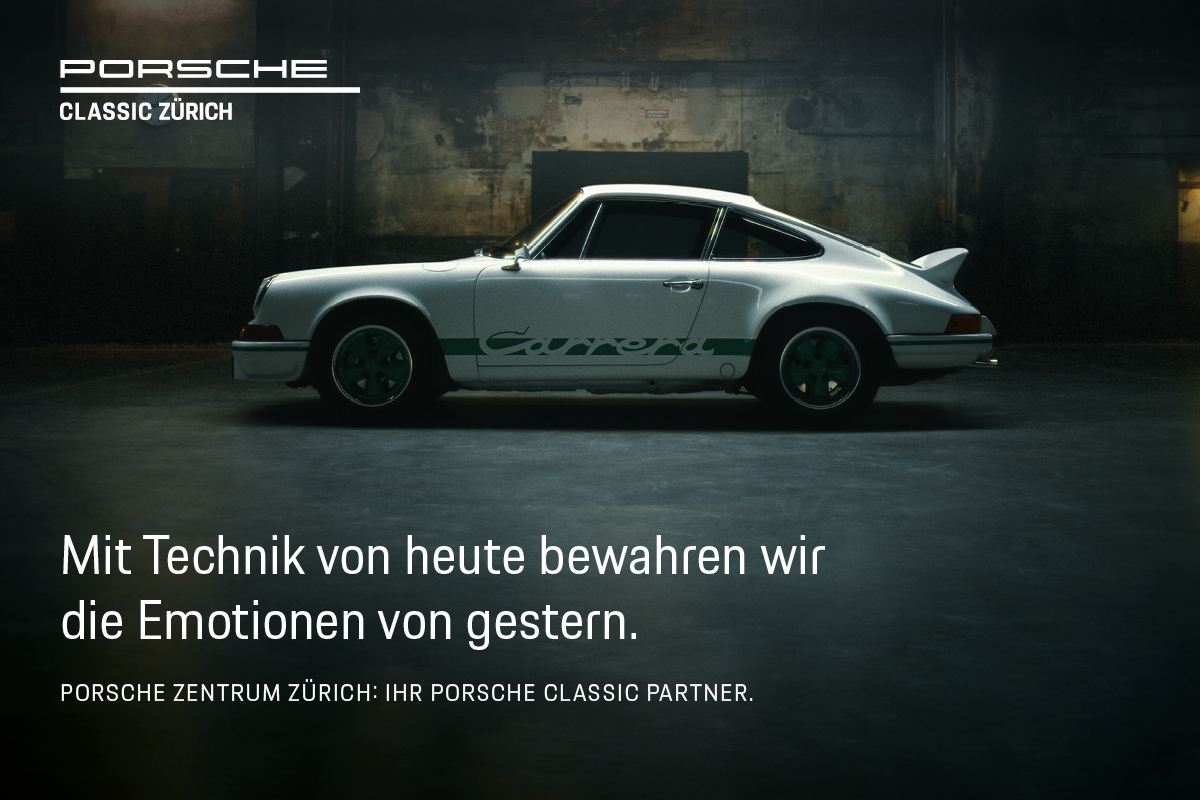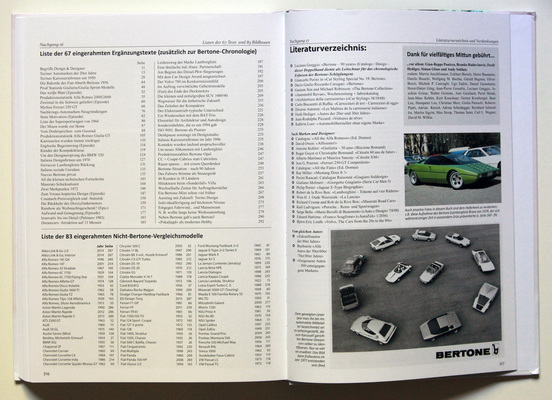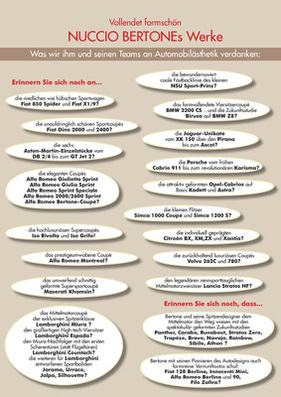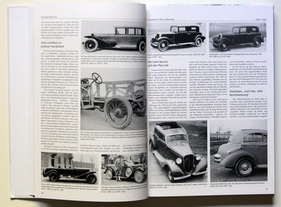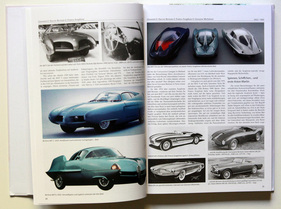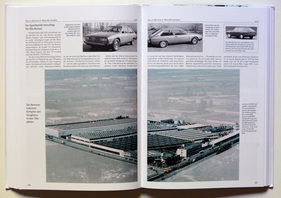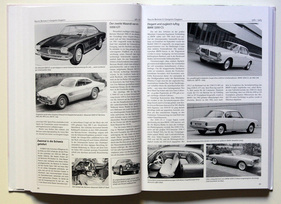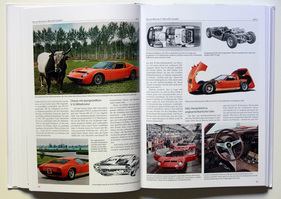What would have become of the automobile without Bertone, where would it be today? Of course, it is pointless to answer such a question post mortem, so to speak. But in fact, Bertone's creations have had a significant influence on automobile design, as can be seen by listing just a small part of his oeuvre: Bat 5/7/9, Alfa Romeo 2000 Sportiva, BMW 3200 CS, Chevrolet Corvair Testudo, Iso Grifo, Alfa Romeo Canguro, Lamborghini Miura, Lamborghini Countach, Lancia Stratos, Fiat X 1/9, NSU Ro80 Trapeze, Maserati Khamsin, etc.

From pre-series to series production
The fact that until recently there was no book in German covering the history of Bertone must surely come as a surprise. Automotive historian Roger Gloor recognized the gap and self-published a comprehensive work in 2019, which was of course soon sold out due to the small print run, but was actually only intended to serve as a pre-series for a final version to be published by a publishing house. Georg Olms Verlag has now published the definitive version and it has been improved in some respects. Reason enough to talk about it again.

Little has changed in the basic layout, although some pages at the beginning are in a different order. Above all, however, the image quality has been improved after we criticized the moiré effects in some scans in the first review. According to Gloor, 46 photos have been newly digitized and it was worth it!
324 pages of packed information
Bertone was an immense creator and it would probably have been worth publishing a three-volume work with 1000 or more pages about the designer and production forge. Roger Gloor, however, packed all his knowledge into just over 320 pages and did not forget to list the individual designers, the 320 car and model variants created by Bertone and the 40 brands, as well as editing a comprehensive keyword overview. There are also some technical terms and abbreviations to help with reading.
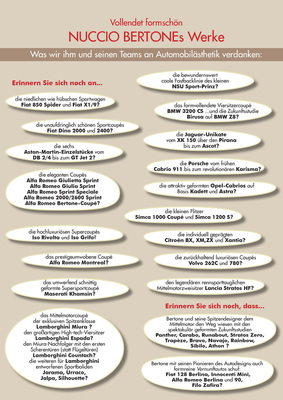
Gloor has compiled the history of Bertone along the timeline and while the years before the Second World War are relatively short, things really get going in the 1950s. And again and again there are interesting inserts that show special terminology or construction methods, special competitors or special pioneering achievements. The fact that Bertoni, who designed the Citroën DS and the Traction Avant, is also mentioned is an unexpectedly interesting addition.
You can learn a lot, even if you don't follow the timeline. The whole story is unrolled over some 280 pages, right up to the end and even up to the time when the Bertone collection was sold to the ASI. At the end of the book there is also a list of the series vehicles built by Bertone, production processes are described, designs for ballpoint pens and trains are shown, model cars are depicted, value trends are discussed, a bibliography and much more is presented in this densely packed book
Comprehensively illustrated
Roger Gloor has compiled over 1200 photos, some of which have hardly ever been published before. Many of the photos are factory and archive photos from the period and some prototypes are even shown in different paint finishes.

On average, around four images are shown per page, so most of the illustrations are correspondingly small, which is of course a shame in many cases, but probably not feasible otherwise.
Design follows function
In order to fit so much text and so many images onto 324 pages, compromises had to be made. The margins are narrow, the photos are small, as already mentioned, and the text is presented in three columns. Gloor's priority is a wealth of information, not modern book design. This may annoy some readers, but history enthusiasts will be pleased with the many pictures and background information.
On a treasure hunt
If you take the time to leaf through the whole book from beginning to end, you will come across many gems that you probably didn't know about before. Who has ever seen the sports station wagon based on the Alfa Romeo Alfetta GT called Tour? Or the Bertone design for a two-door hatchback for Audi from 1969?

Bertone was always in demand when it came to fast reaction times, so the first prototype of the Audi 50 is said to have been created after just 45 days from the first stroke of the pen. Often, of course, nobody knew that the master craftsman Bertone and his team were behind the designs proudly presented by the factory, but Gloor repeatedly points out these connections.
More than worth the money
Until December 31, 2020, the book costs only EUR 68.00, after that, according to Olms-Verlag, EUR 88.00. You certainly won't find more "insights" into Bertone's history for this money elsewhere, so the book is highly recommended. Of course, anyone who has already bought a copy of the exclusive pre-series does not need to buy a second copy, as the content is practically identical.

Few automobile historians have probably met Nuccio Bertone and his designers more often than Gloor, not to mention the various test drives documented by the Swiss Automobil-Revue editor.
And for this reason alone, it is only right that the author's name now appears at the top of the cover of the new edition, whereas it was simply missing (out of modesty) from the previous series ...
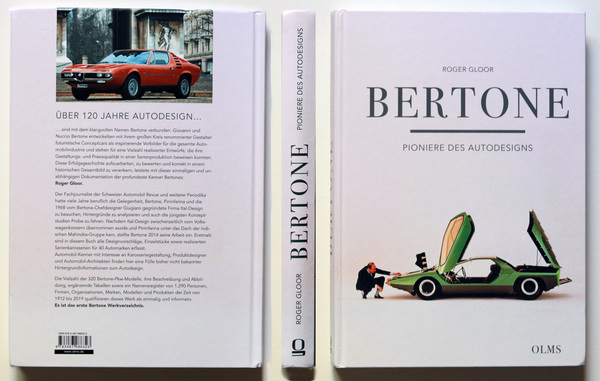
Bibliographical information
- Title: Bertone - Pioneers of car design
- Author: Roger Gloor
- Bertone - Pioneers of car design
- Language: German
- Publisher: Georg Olms Verlag
- Edition: 1st edition August 2020 (limited advance edition published directly by the author in 2019)
- Format: Hardcover, 21.7 x 30.5 cm
- Scope: 324 pages, over 1200 illustrations, 720 of which are in color
- ISBN: 978-3-487-08632-3
- Price: EUR 68.00 (until 31.12.2020), thereafter EUR 88.00
- Buy/order: Online at amazon.com, online at the publisher Georg Olms or at the relevant bookstore

